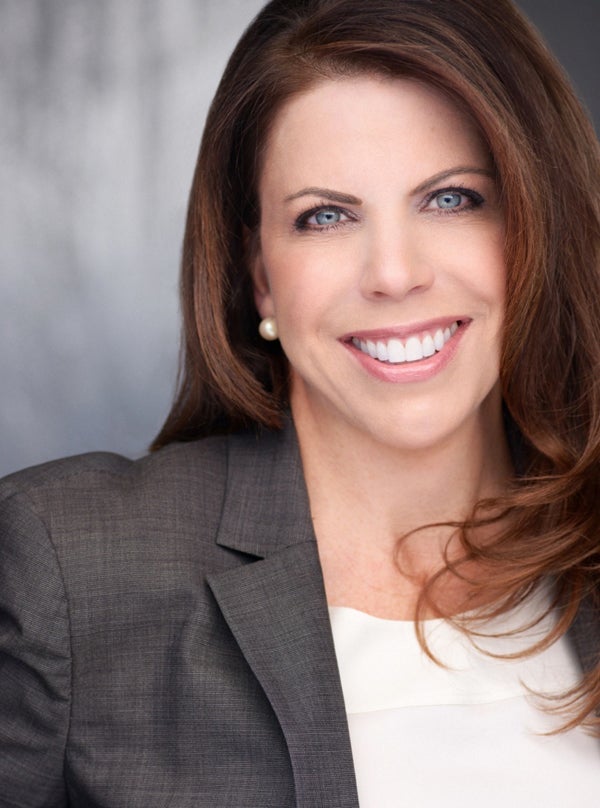Automotive brands are moving toward a data-driven future. But are they coasting, cruising or flooring it?
Hyundai has its sights set on streaming and advanced audiences, but it still considers itself a challenger brand compared to auto companies such as Ford, Dodge and General Motors that have been around at least 50 years longer.
The need to keep raising brand awareness means Hyundai can’t afford to completely scrap broad, demo-based linear buys – but it has to strike a balance.
Overspending on linear impressions doesn’t produce enough return on its ad spend. “Once the brand shifted more media dollars into connected TV and social video a couple years ago, our campaigns became much more impactful,” Hyundai Motor America CMO Angela Zepeda tells me.
Zepeda shared more about Hyundai’s streaming road map.
AdExchanger: How does Hyundai divide its budget between linear and connected TV?
ANGELA ZEPEDA: The automotive space is competitive, so Hyundai still needs to keep building reach with linear. We don’t spend much money on premier dayparts, though. The bulk of our linear dollars go to live sports, especially our Sunday Night Football sponsorship.
CTV is where we can target specific audiences with particular vehicle models for better media performance beyond just basic awareness.
Is Hyundai targeting audiences differently between the two channels?
Linear TV is based on general demos, but on CTV we go after very specific audiences based on location, proximity to dealerships, household income and family size when we’re deciding which models to show to which viewers.
For example, Hyundai runs more local ads for electric vehicles in states with higher production, such as California and the East Coast, and we serve more ads for SUVs to bigger families.
How does Hyundai use third-party partners for targeting?
We work with third-party data providers to create lookalike modeling based on our audience segments. We’re also working with demand-side platforms, including The Trade Desk and Amazon’s DSP, because programmatic is helping us find specific audiences much more efficiently.
How much of the brand’s media spending is programmatic?
A huge amount of our digital budget is moving to programmatic. We also buy some addressable spots programmatically, but our linear spending is still a healthy mix of programmatic and direct deals.
How does this targeting strategy affect Hyundai’s approach to measurement and attribution?
Measurement is something we’re constantly grappling with. We’re also working with multiple currency providers because no [single] currency has a full view into our audiences.
Hyundai uses brand lift and share of voice for measurement, and we’re also paying attention to which campaigns and creatives lead to more consumer action, particularly search activity.
On the attribution front, marketing mix modeling is a bit old-fashioned because it’s more of a report on our spending rather than a predictive model of what might work better in the future.
We need something more inventive, but better attribution models take time to build.
Do you consider CTV to be a lower-funnel channel?
We still consider streaming to be upper funnel. For us, lower funnel is online and social video, where we can run ads to target our competitors’ customers.
If one of our customers is looking up or reading about competitor models online, for example, we can serve them online video ads, which sometimes include promotional offers to drive more visits to our website.
Going head-to-head with our competition is one of our most effective marketing strategies.
This interview has been edited and condensed.
Are you enjoying this newsletter? Let me know what you think. Hit me up at alyssa@adexchanger.com.
For more articles featuring Angela Zepeda, click here.














